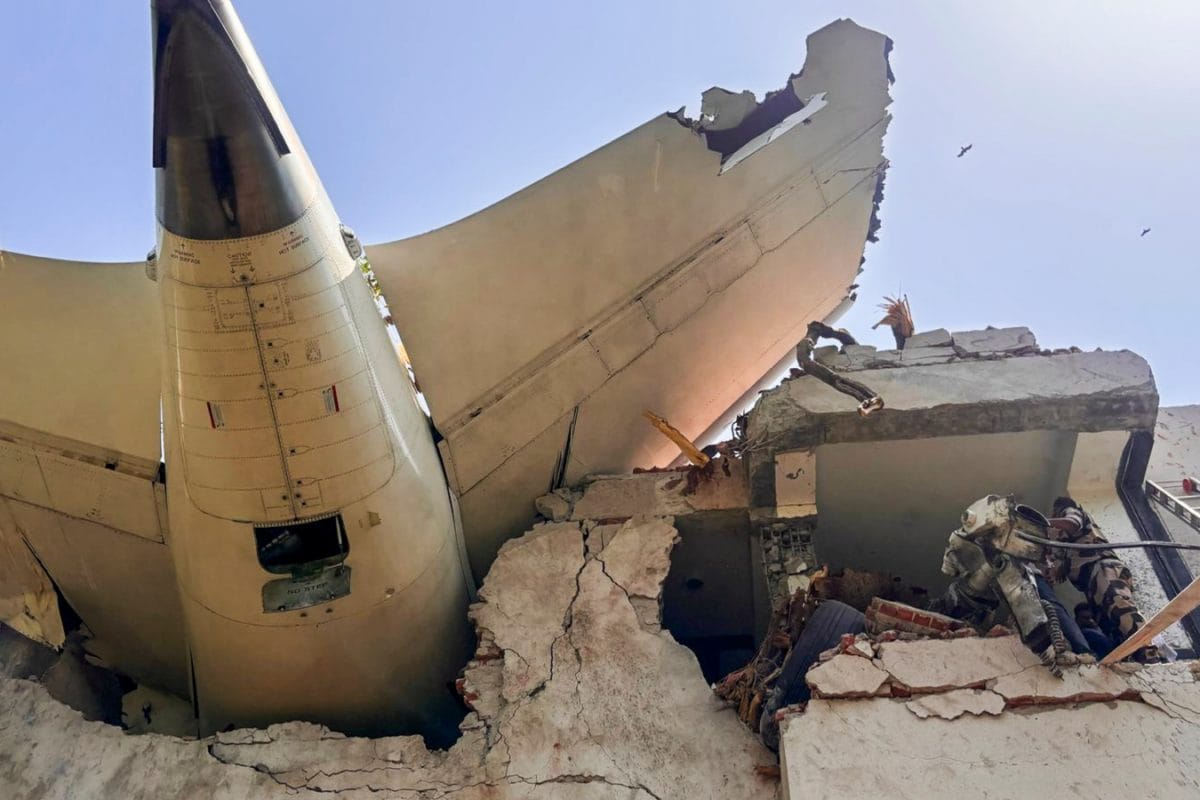

The recovery of the Flight Data Recorder (FDR) and the Cockpit Voice Recorder (CVR), commonly known as black boxes, from the wreckage of Air India Flight AI171 marks a crucial step in the investigation of the tragic crash that occurred on June 12, 2025. The London-bound Boeing 787-8 Dreamliner, carrying 242 passengers and crew, crashed shortly after takeoff from Ahmedabad, killing all but one on board, as well as several people on the ground. The information gleaned from these devices promises to shed light on the final moments of the flight and the potential causes of the disaster.
The FDR is designed to record a comprehensive array of flight parameters, including airspeed, altitude, engine performance, flap settings, and control surface movements. By analyzing this data, investigators can reconstruct the flight path, assess the aircraft's performance, and identify any mechanical malfunctions or anomalies that may have contributed to the crash. Given reports that the pilot radioed "thrust not achieved" and "falling" just before the crash, the FDR data pertaining to engine performance will be of particular interest.
The CVR, on the other hand, captures audio from the cockpit, recording conversations between the pilots, communications with air traffic control, and any ambient sounds or alarms. This recording provides invaluable insight into the crew's actions, decision-making processes, and awareness of the unfolding emergency. The CVR may reveal critical information about the nature of the emergency, the crew's response, and any communication breakdowns that may have occurred.
The Aircraft Accident Investigation Bureau (AAIB) is leading the investigation with assistance from the U.S. National Transportation Safety Board (NTSB), and a team of experts from the UK Air Accidents Investigation Branch (AAIB). The parallel probe by the NTSB is standard procedure, given that the aircraft was manufactured in the United States. Investigators will meticulously analyze the data from both black boxes, synchronizing the FDR data with the CVR audio to create a comprehensive timeline of events. This process can take weeks or even months, requiring specialized equipment and expertise to extract and interpret the data.
Several factors are likely to be examined, including potential mechanical issues, human error, and environmental conditions. Investigators will be looking to see if the wing flaps were set correctly for takeoff, whether there was a loss of engine power, and if any system-generated alerts were triggered in the cockpit. They will also scrutinize the crew's inputs regarding the outside temperature and the weight of the fuel and passengers, as errors in these calculations can have a significant impact on aircraft performance.
Eyewitness accounts and video footage suggest that the aircraft struggled to gain altitude after takeoff, with the landing gear still deployed, increasing drag and reducing the aircraft's ability to climb. The unusually long runway roll is also a critical focus of the crash investigation. This could indicate that the aircraft did not have adequate thrust for takeoff, potentially due to engine problems, fuel contamination, or incorrect flap settings.
The information retrieved from the FDR and CVR will be crucial in determining the precise sequence of events that led to the crash, identifying any contributing factors, and ultimately preventing similar tragedies in the future. The analysis of these black boxes is a complex and time-consuming process, but it is essential for ensuring the safety of air travel and providing closure to the families of the victims.